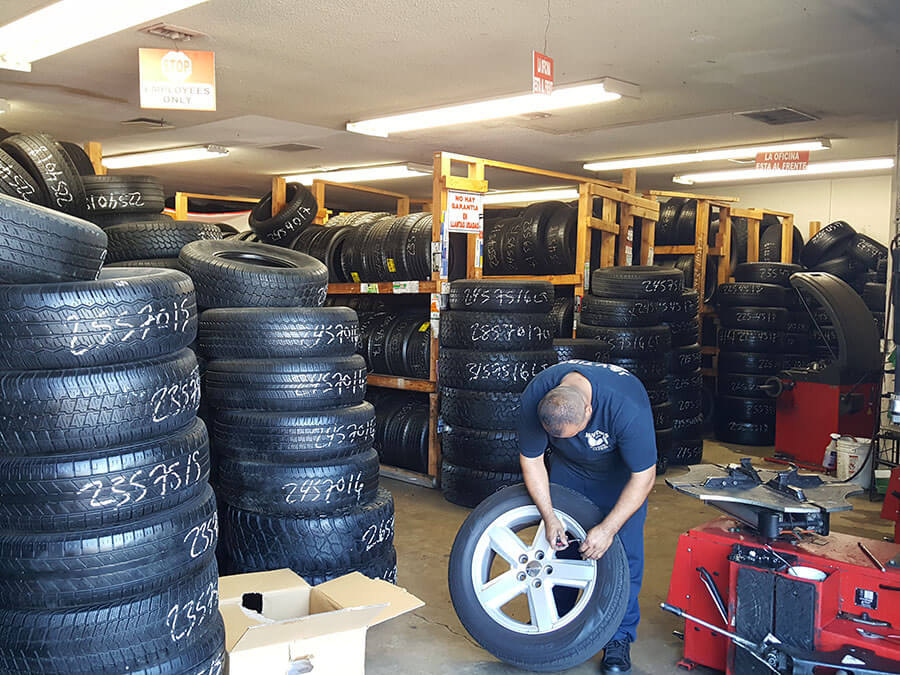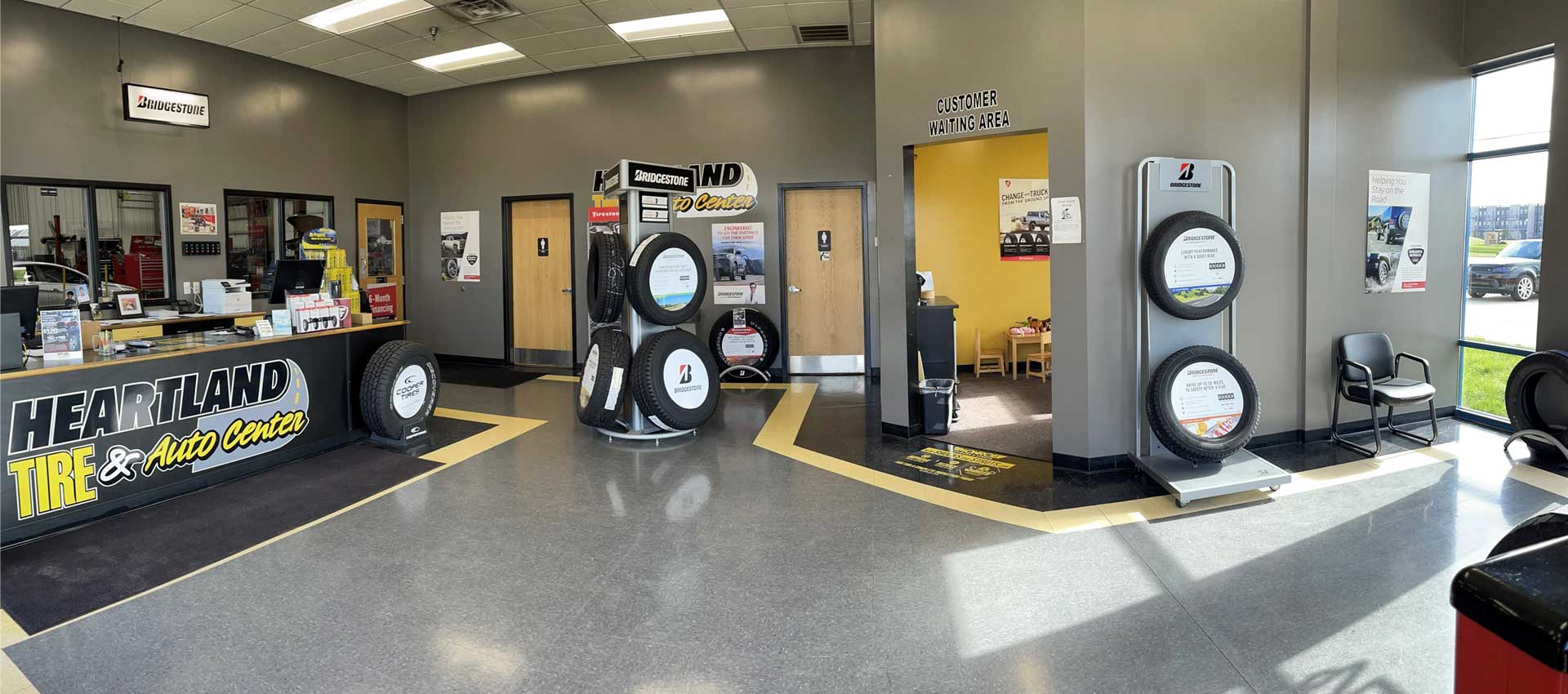Tire Solution: Understanding Tire Pressure Monitoring Systems
Understanding Tire Stress Tracking Solutions (TPMS) is a vital element of maintaining optimal lorry efficiency and security on the road. With improvements in vehicle technology, TPMS has actually come to be a common function in contemporary lorries, providing real-time info on tire pressure levels. Diving deeper right into the complexities of TPMS, one can reveal the various parts that compose this system and the value of each in guaranteeing accurate monitoring. From straight to indirect TPMS systems, the landscape of tire pressure surveillance varies, each with its unique collection of benefits and factors to consider. Stay tuned to untangle the complexities of TPMS, from upkeep ideas to the undeniable advantages of maintaining your tires correctly inflated. tires morris il.

Importance of TPMS
The relevance of Tire Stress Monitoring Solutions (TPMS) exists in their capability to enhance car safety and security and performance through real-time tracking of tire stress degrees. Maintaining the appropriate tire stress is critical for making certain optimum handling, braking, and overall safety and security of a vehicle. TPMS offers motorists with prompt responses on any type of underinflated or overinflated tires, permitting timely modifications to be made.
Elements of TPMS
Comprising various crucial components, a Tire Stress Tracking System (TPMS) functions as a sophisticated safety function in modern-day lorries. The major parts of a TPMS include sensors, a control module, and a warning sign. Sensing units are generally located in the tire valve stem or connected to the wheel setting up, where they gauge tire pressure and transfer data to the control component. The control module procedures this info and sets off a warning if it detects considerably low stress in any of the tires. The warning indication, often a sign on the dashboard, informs the driver to check the damaged tire or tires. Some advanced TPMS designs likewise present the real tire stress analyses for each and every tire, providing chauffeurs with real-time info to ensure optimum tire performance and safety and security. By monitoring tire pressure constantly, TPMS aids prevent crashes, lowers tire wear, and enhances fuel performance, making it an important part for car safety and efficiency.
Kinds Of TPMS

On the other hand, indirect TPMS relies on the lorry's wheel speed sensors to keep an eye on tire pressure. This system discovers underinflation by comparing the rotational rates of the wheels. Indirect TPMS is much less costly than direct TPMS, as it makes use of existing sensors within the lorry.
While direct TPMS provides much more exact readings, indirect TPMS is easier in layout and usually calls for less upkeep. Both systems have their restrictions and benefits, and the choice in between them often depends upon variables such as cost, automobile make, and individual choice. Understanding the distinctions in between these 2 types of TPMS can help car proprietors make educated choices concerning tire upkeep and safety and security.
TPMS Upkeep Tips
Conduct regular checks on the tire pressure degrees and compare them with the TPMS analyses to ensure they are regular. During tire turning or replacement, make sure that the TPMS parts are dealt with carefully to protect against any prospective damages. If the TPMS cautioning light brightens on the dashboard, attend to the concern quickly by inspecting the tire stress and the overall system for any type of faults.
Advantages of Proper Tire Pressure
Maintaining correct useful link tire stress, he said as highlighted in TPMS Maintenance Tips, is essential for gaining the countless benefits associated with optimal tire stress degrees. Additionally, proper tire stress guarantees also tire wear, prolonging the lifespan of the tires and advertising much safer driving problems. In final thought, the benefits of proper tire pressure go past simply tire durability; they incorporate enhanced gas performance, improved safety, far better car efficiency, and overall driving convenience.
Final Thought
Finally, recognizing tire pressure surveillance systems (TPMS) is important for keeping optimal tire stress and guaranteeing automobile safety. By acknowledging the importance of TPMS, being acquainted with its elements, understanding the various types offered, sticking to appropriate upkeep tips, and recognizing the advantages of maintaining appropriate tire Full Report stress, drivers can improve their driving experience and lengthen the lifespan of their tires. Appropriate tire stress is key to risk-free and reliable automobile procedure.
